Did you know that every minute 4 people get injured in a car accident?
 Photo by Michael Jin on Unsplash
Photo by Michael Jin on UnsplashIt's a startling statistic that reminds us to stay prepared. Whether it's a minor fender-bender or a major collision, knowing what to do after an accident can make all the difference.
1. Ensure Safety
Try to stay calm and collected so you can assess everyone's safety and get help.
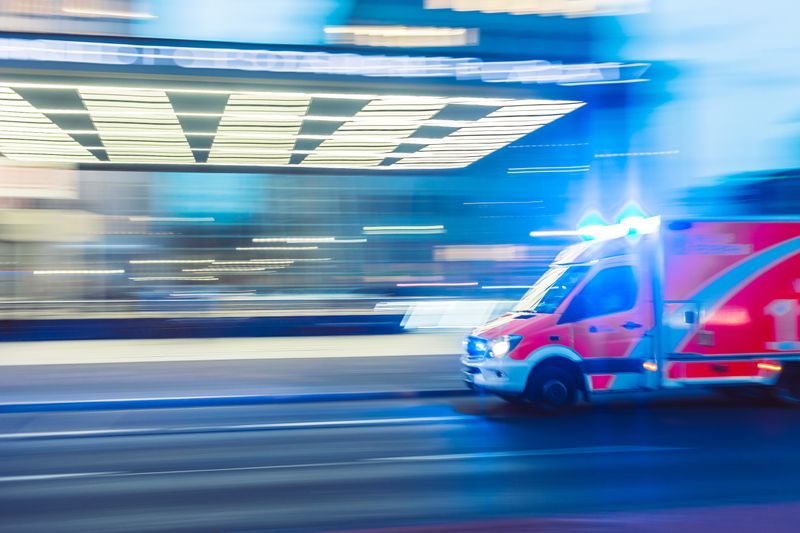 Photo by camilo jimenez on Unsplash
Photo by camilo jimenez on UnsplashCheck yourself and others for injuries. If anyone is injured, call 911 immediately.
After taking photos of the scene, if it's safe to do, move your vehicle out of traffic to prevent further accidents.
Turn on your hazard lights.
See a medical professional after the accident. Some injuries may not be immediately apparent. For peace of mind and for insurance purposes, pay a visit to your doctor.
2. Call the Police
Police officers can create an accident report, which may be needed for insurance claims later.
 Photo by Campbell Jensen on Unsplash
Photo by Campbell Jensen on UnsplashCall 911 and report the accident, even if it's a minor one.
Follow the police officers' instructions.
Avoid admitting fault or discussing blame with the people at the scene. Leave it to the insurance companies and the police to determine fault.
3. Exchange Information
Collect all relevant information from the other driver(s) so you can file an insurance claim.
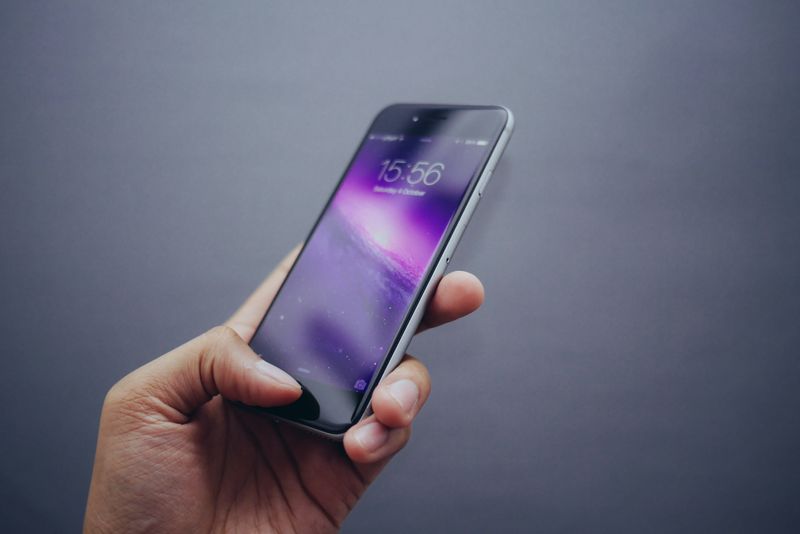 Photo by Oliur on Unsplash
Photo by Oliur on UnsplashThis is especially important if police officers won't be joining you at the scene.
Exchange contact, insurance, and vehicle information with the other driver(s) involved. This should include names addresses, phone numbers, insurance company names and policy numbers, and license plate numbers.
If there are witnesses, ask for their contact information as well.
4. Document the Scene
Our memories can be unreliable!
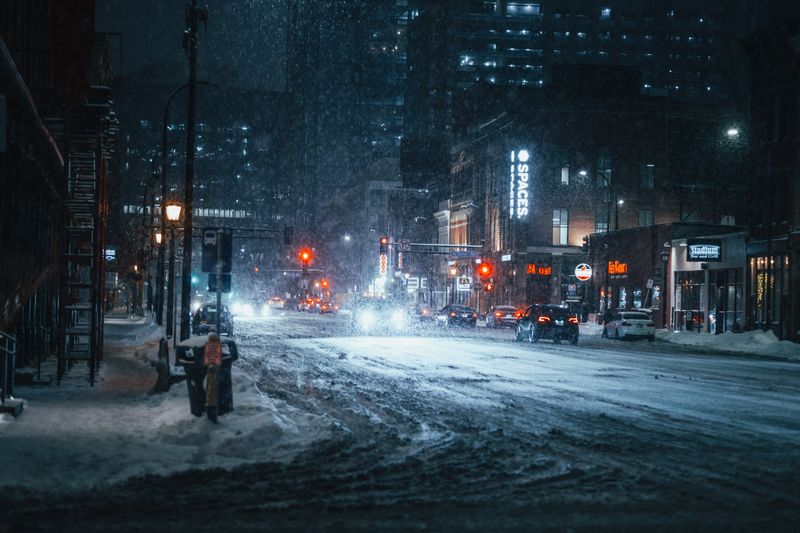 Photo by Josh Hild on Unsplash
Photo by Josh Hild on UnsplashBe sure to:
Take photos or videos of the accident, including car damage, injuries, license plates, road conditions, and traffic signs.
Note the date, time, and location of the accident.
If necessary, provide a statement to the police and your insurance company about the accident. Stick to the facts and avoid speculation.
Quiz
You are in a car accident and decide to document the scene. What should you do? Select all options that apply:
5. Keep Records
Good records are helpful when filing your insurance claim and legal documentation.
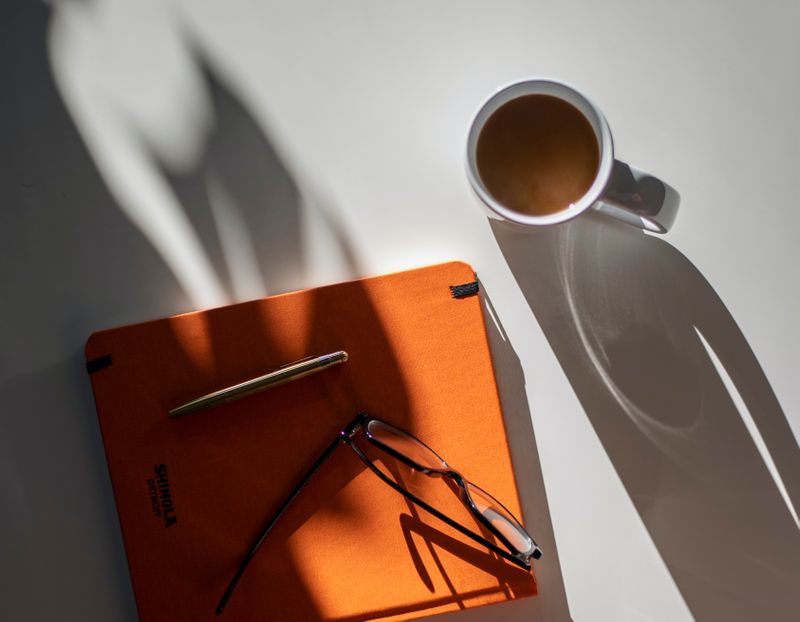 Photo by Amin Hasani on Unsplash
Photo by Amin Hasani on UnsplashKeep all accident-related documents and information. This includes:
police reports
medical bills
repair estimates
correspondence with insurance companies and the other driver(s)
any photos and videos documenting the accident
6. Consult an Attorney
An attorney can help protect your rights and navigate the legal process.
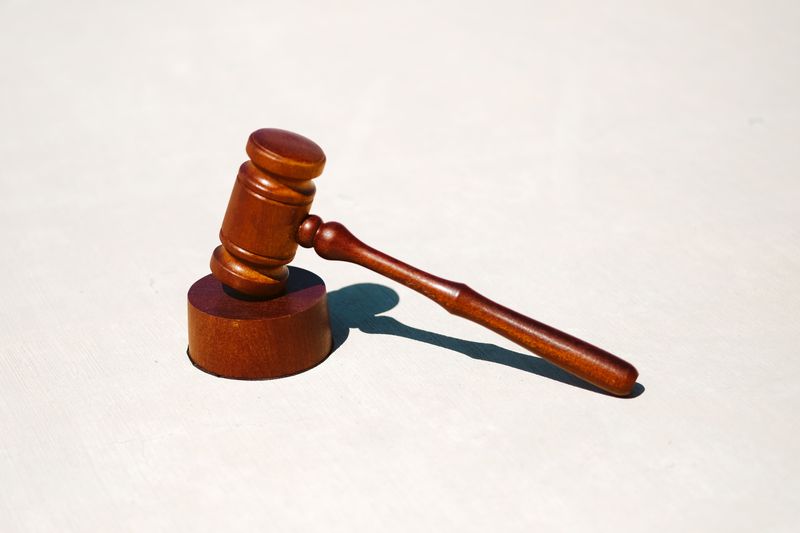 Photo by Tingey Injury Law Firm on Unsplash
Photo by Tingey Injury Law Firm on UnsplashSpeak to a personal injury attorney if the accident involves serious injuries, significant property damage, or a dispute about fault.
Quiz
You're driving on a busy highway when you witness a car accident happen in front of you. You stop your car and rush to the scene. You notice there are a few injured people. What should be your first action?
Take Action
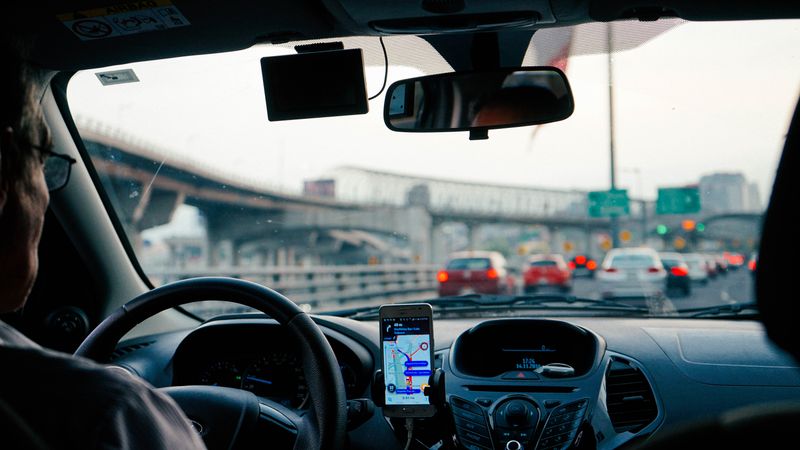 Photo by Dan Gold on Unsplash
Photo by Dan Gold on UnsplashRemember, this Byte shares general guidelines. The specific steps may vary depending on your location and the circumstances of the accident.
Your feedback matters to us.
This Byte helped me better understand the topic.
